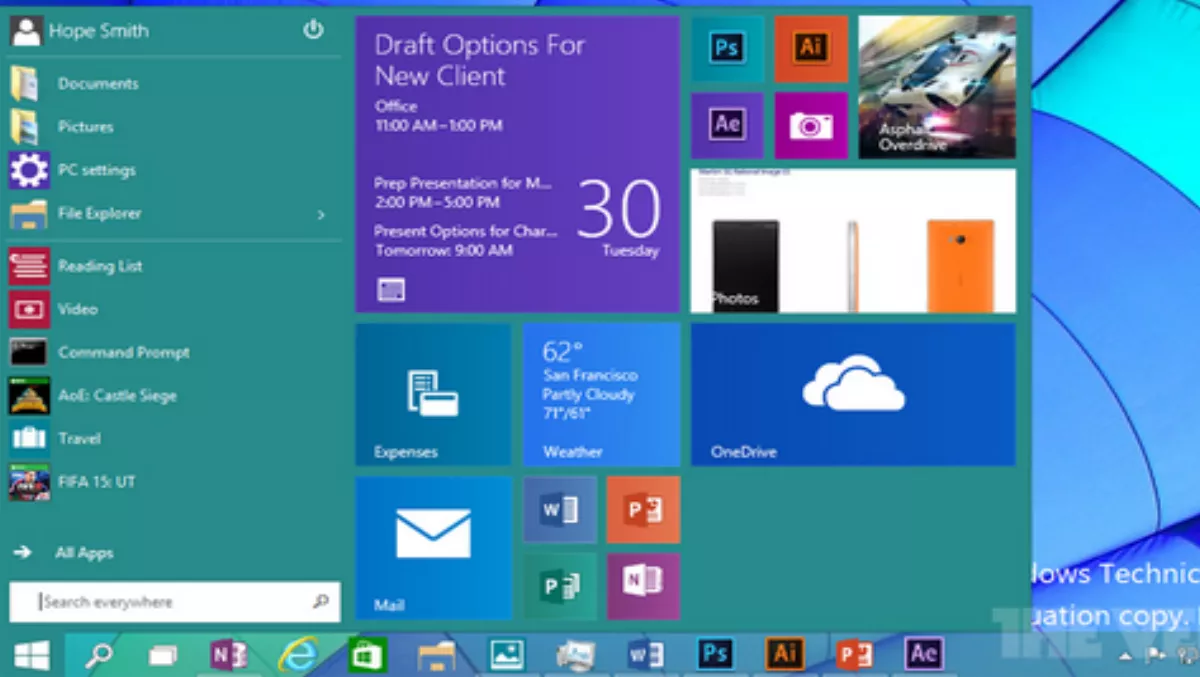
Windows 10 coming to a PC near you - What's changed
Microsoft has bypassed Windows 9, jumping straight to Windows 10, unveiling the new operating system and giving a first look at an early technical preview.
The company apparently believes the new operating system, which hides the controversial Metro Modern UI, is such a substantial leap that it needed to skip over Windows 9.
Terry Myerson, Microsoft Operating Systems group executive vice president, says Windows 10 represents 'the first step of a whole new generation of Windows'.
“This will be our most comprehensive operating system and the best release Microsoft has ever done for our business customers.”
Windows 10 will adapt to devices, from the Xbox to PCs and phones, to tablets and 'tiny gadgets' and what uses are doing, and will run across 'the broadest range of devices ever, from the Internet of Things to enterprise data centers worldwide'.
Business focus
The company will also deliver a converged application platform for developers on all devices, with a unified, customiseable, app store.
Microsoft says the intention is an app store that allows for volume app licensing, flexible distribution and the ability for organisations to reclaim or reuse licenses when necessary.
Developers will be able to write an application once and deploy it easily across multiple device types, making discovery, purchase and updating easier than ever for customers.
Microsoft says Windows 10 'builds nearly everything that businesses need right into the core of the product - including enterprise-grade security, identity and information protection features - in ways that can reduce complexities.
“One area of advancement is in the work Microsoft has done with user identities to improve resistance to breach, theft or phishing.
“Windows 10 will also help advance data loss prevention by using containers and data separation at the application and file level, enabling protection that follows the data as it goes from a tablet or PC to a USB drive, email or the cloud.”
In-place upgrades from Windows 7 or 8 are focused on making device wipe-and-reload scenarios obsolete as part of an effort to simplify management and deployment and help lower costs.
The company has also introduced the Windows Insider Program, its largest-ever open collaborative effort, which will enable users to give feedback on early builds of the product, throughout the development cycle.
Look smart
Other features of the new operating system include the return of the familiar Start menu, now expanded, the ability for apps from the Windows Store to run in a window, opening in the same format that desktop programmes do, and able to be manouvered in much the same way, and improved snap functionality. A new quadrant layout allows up to four apps to be snapped on the same screen.
A new Task view button on the task bar enables one view for all open apps and files, for quick switching and one-touch access to any desktop created, and multiple desktops can be created for different purposes and projects.


